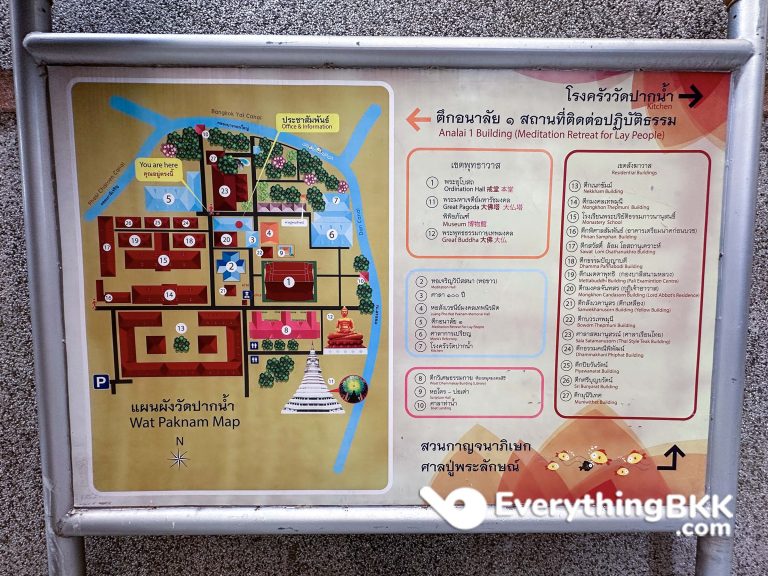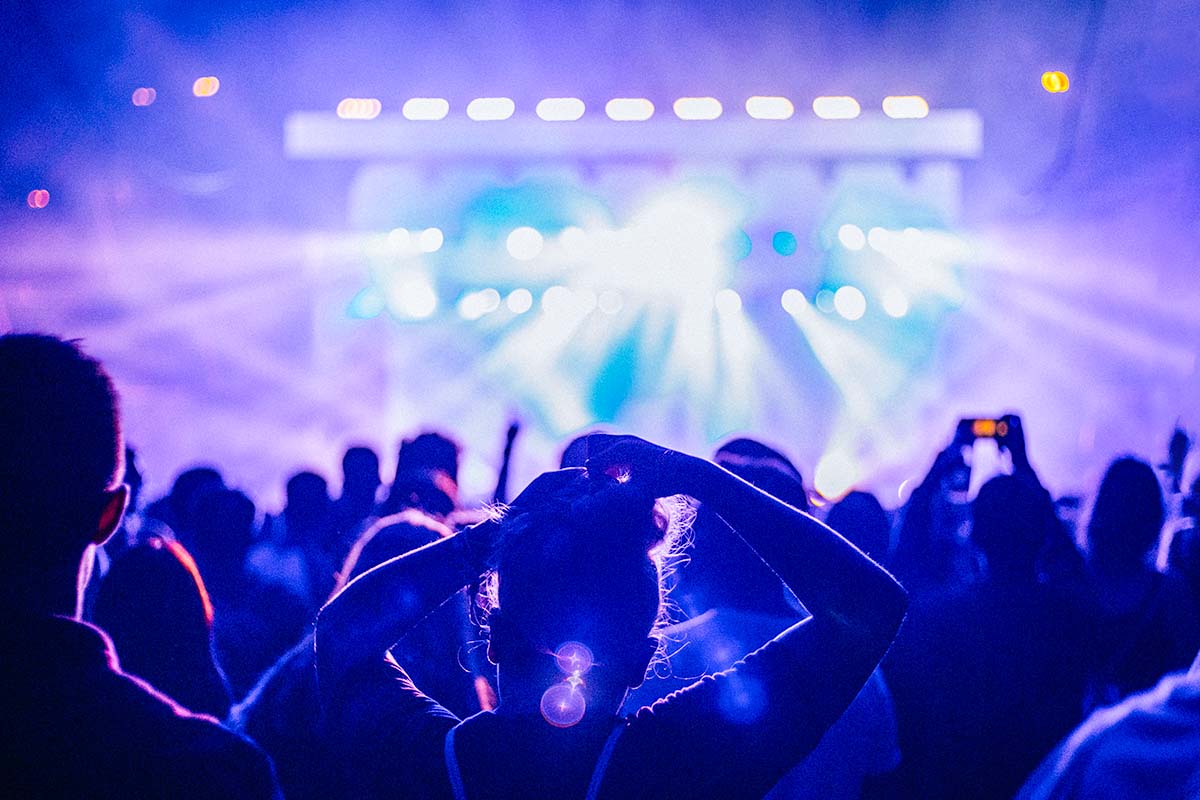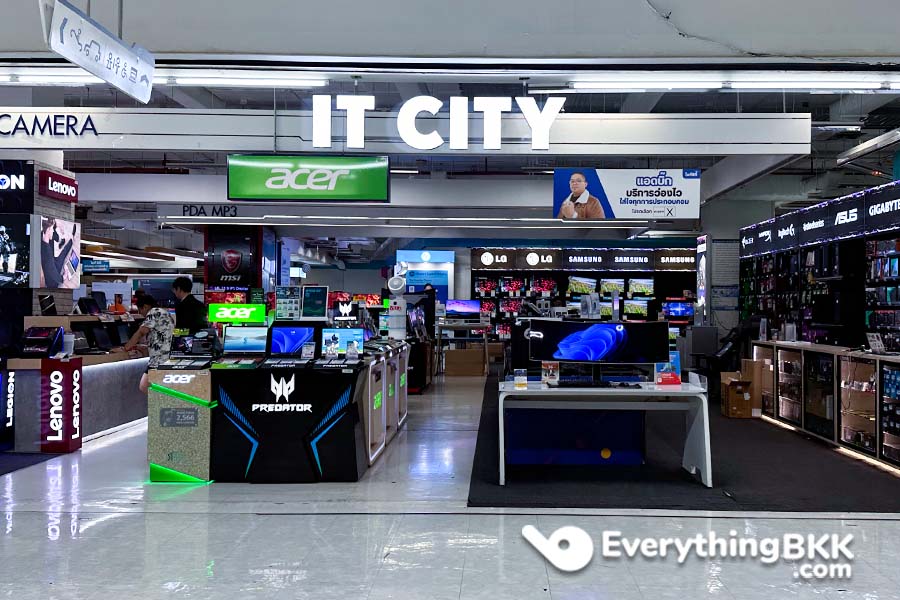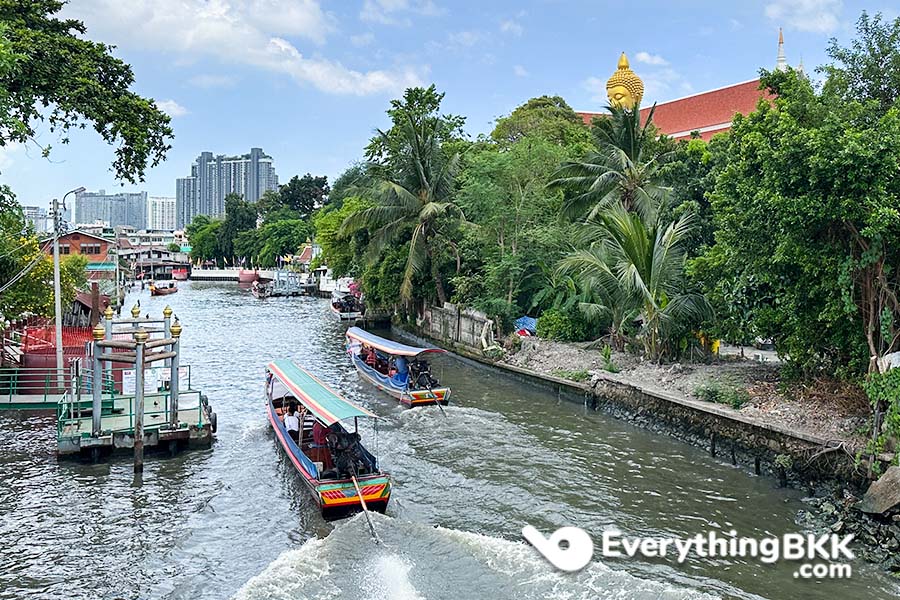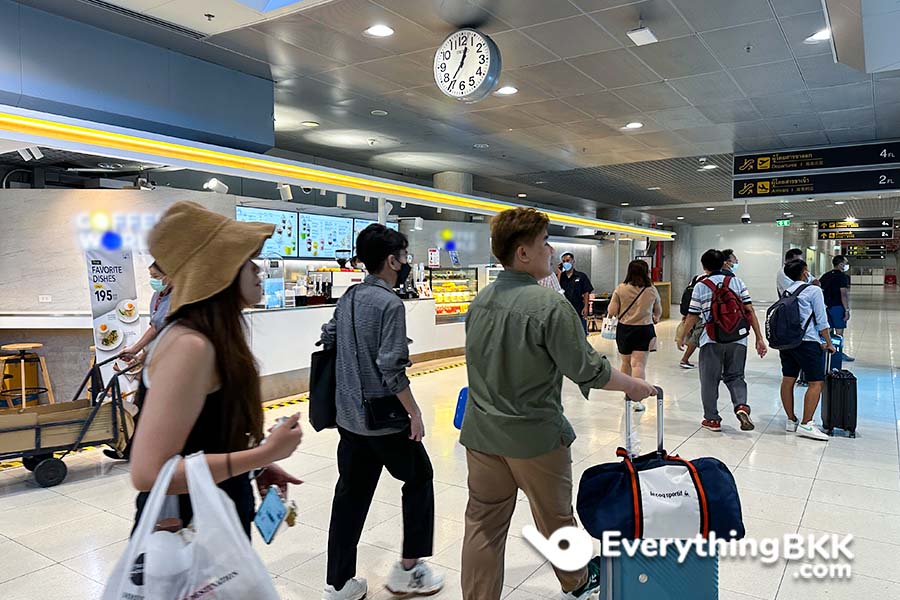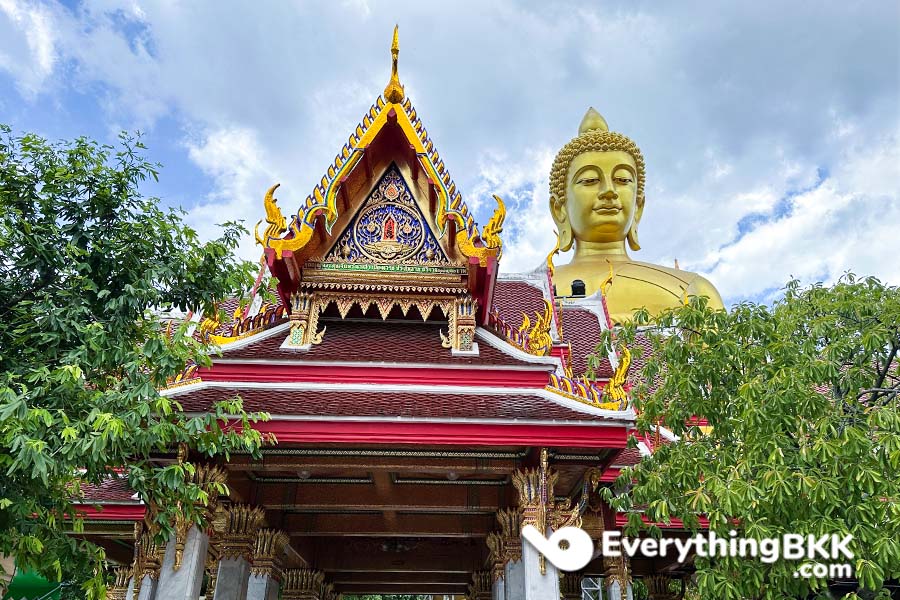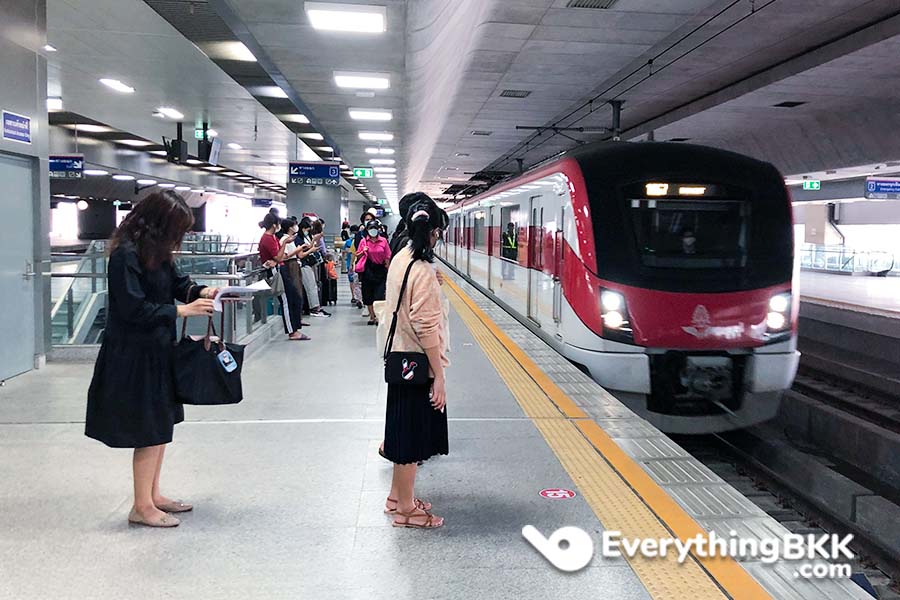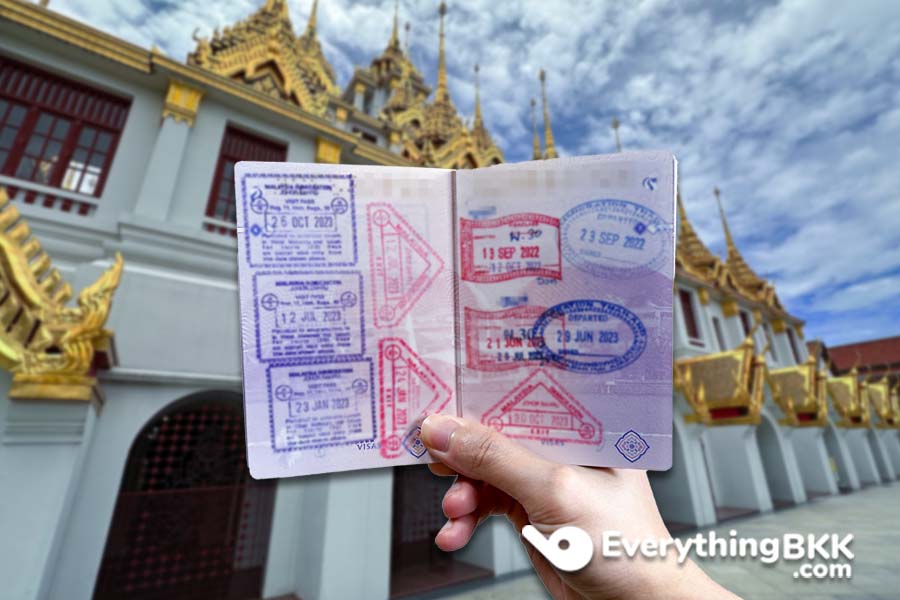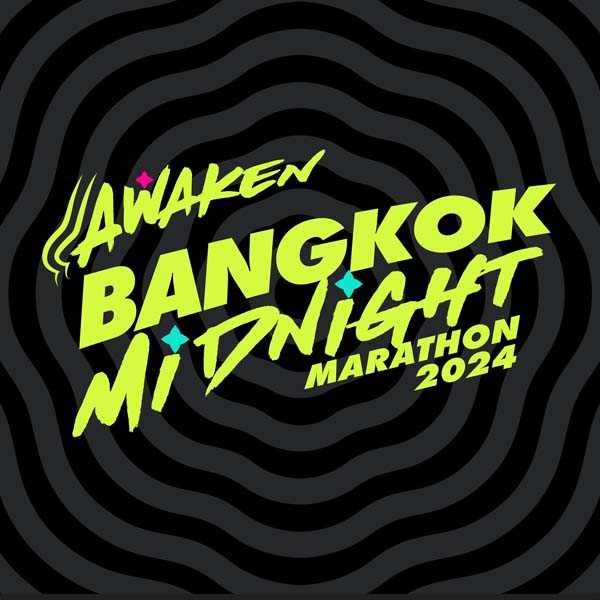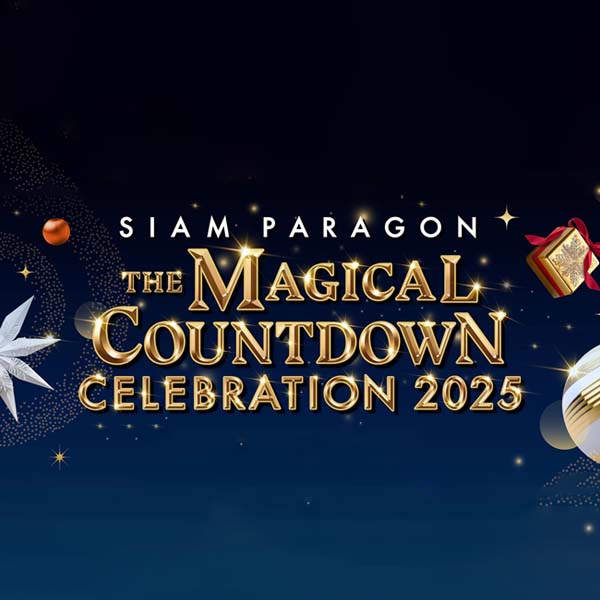Wat Paknam, officially known as Wat Paknam Bhasicharoen (วัดปากน้ำภาษีเจริญ), is an ancient Buddhist temple founded during the Ayutthaya Kingdom over 400 years ago. Although it fell into disrepair and was nearly abandoned in the early 20th century, it was revitalized starting in 1916. The temple gained renewed attention with the construction of its iconic white stupa in 2012 and the impressive 69-meter bronze Buddha statue in 2022, attracting both Thai visitors from across the country and international tourists.
For Buddhists and travelers interested in Thailand’s history, religion and culture, a visit to Wat Paknam offers a chance to explore a charming, less crowded area of Bangkok. Unlike the bustling, tourist-heavy temples such as Wat Pho and Wat Arun, Wat Paknam provides a more serene and authentic experience of Bangkok’s historic neighbourhoods.
Read on, and at the end of this article, we’ll offer a brief virtual tour showcasing what you can expect to see at the temple.
Where is Wat Paknam located?
The temple is situated in the Phasi Charoen district of Bangkok, adjacent to the Thonburi area, home to ICONSIAM, and approximately a 40-minute drive from the city center.
You can reach the temple by public transport using the following options:
- MRT: Drop off at Bang Phai MRT station and walk 800m for approximately 12 minutes
- BTS: Drop off from Wutthakat BTS station and walk 1.4km for approximately 20 minutes
- Taxi: Tell the driver you want to go to Wat Pak Nam วัดปากน้ำ and they will take you to the temple entrance pictured below. Be aware that the single-lane road leading to the temple is quite narrow, which may cause some delays in reaching the drop-off point.
Address, Opening Hours, Admission Fee & Map
- Address: 300 Ratchamongkhon Prasat Alley, Pak Khlong Phasi Charoen, Phasi Charoen, Bangkok 10160, Thailand [Map]
- Opening Hours: 9:00am – 7:00pm daily
- Admission Fee: Free
Virtual Tour of Wat Paknam
As you follow the pathway and turn right into the temple, you’ll encounter a small street offering local food, snacks, and drinks. If you’re feeling thirsty or hungry, this is a perfect place to refresh and recharge.
Continuing along, you’ll arrive at the iconic Maharatchamongkhon stupa, completed in 2012. You can remove your shoes and enter the stupa, which houses meditation rooms, an exhibition of collections including ceremonial fans and watches, statues of revered abbots, and a unique experience on the fifth floor that feels like gazing from underwater to the heavens.
After visiting the stupa, don’t miss the impressive giant Buddha statue, completed in 2022. You can admire it up close and explore the surrounding temple area. Benches are also available nearby for a comfortable break under the shelter.
The temple is situated right next to Khlong Phasi Charoen (คลองภาษีเจริญ), a canal that connects the Tha Chin River to Khlong Bangkok Yai.
Consider taking a boat ride from Phasi Charoen Pier, located within the temple grounds, costing between THB 200 and 300 per person. This ride offers a scenic and charming glimpse of old Bangkok, with traditional residential houses lining the canal and riverbanks. For photography enthusiasts, it’s an excellent chance to capture the Buddha statue set against a picturesque backdrop.
Exploring Wat Praduchimpli nearby
In addition to Wat Paknam, you can also visit Wat Praduchimpli วัดประดู่ฉิมพลี (commonly known as Wat Pradu), located directly across the canal. This temple provides a tranquil and more authentic experience with fewer visitors and serves the nearby local community.
To reach Wat Pradu, return to the drop-off point at Wat Paknam. Instead of entering the main entrance, turn left and cross the bridge to the opposite side of the canal (refer to the pictures below). You’ll then pass by a Chinese shrine and a small neighborhood before arriving at the temple.
On top of offering prayers in the temple hall at Wat Pradu, you can explore the surrounding neighbourhood where locals live. Adjacent to the temple, you’ll also find a kindergarten and sometimes one or two street vendors selling fruits.
If you need cash, an ATM is conveniently located nearby. There is also a fish feed dispenser where you can purchase food to feed the canal’s fish, embodying the compassionate practices of Buddhism.

